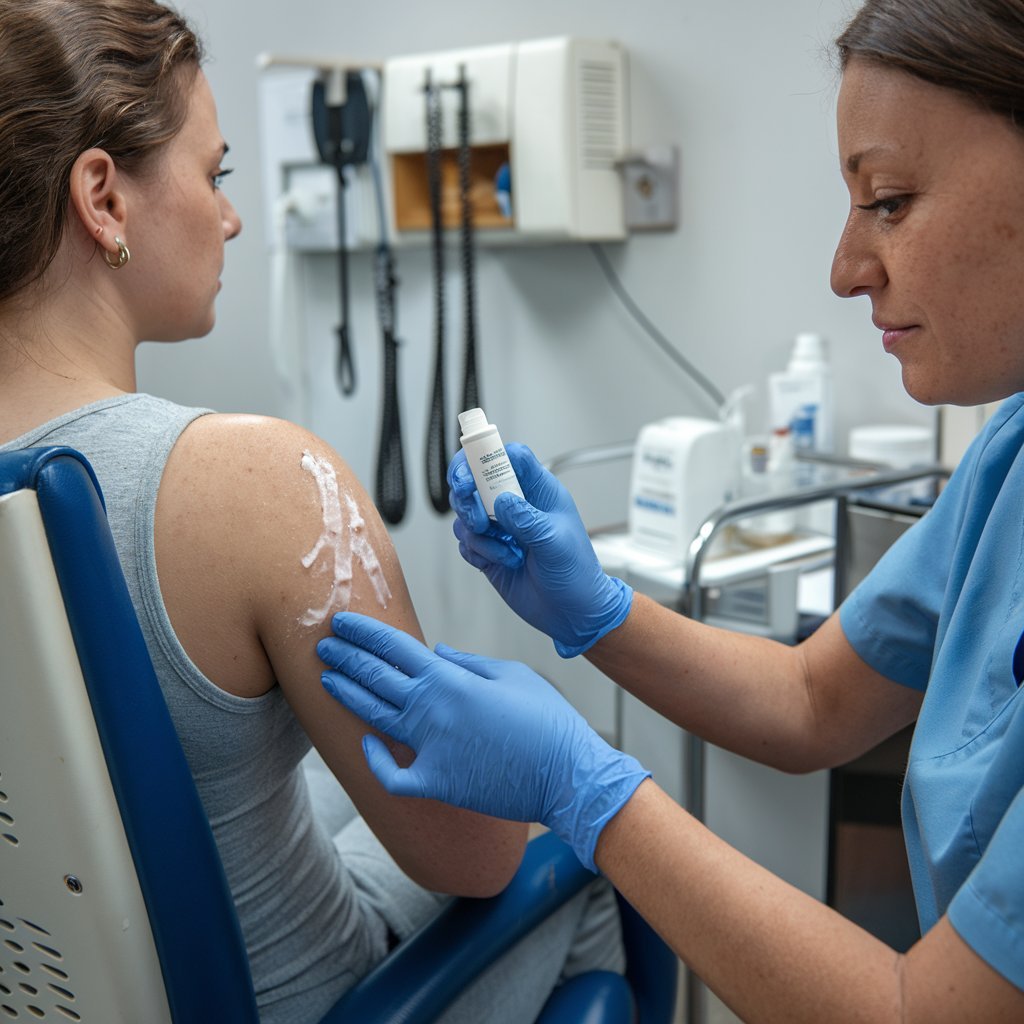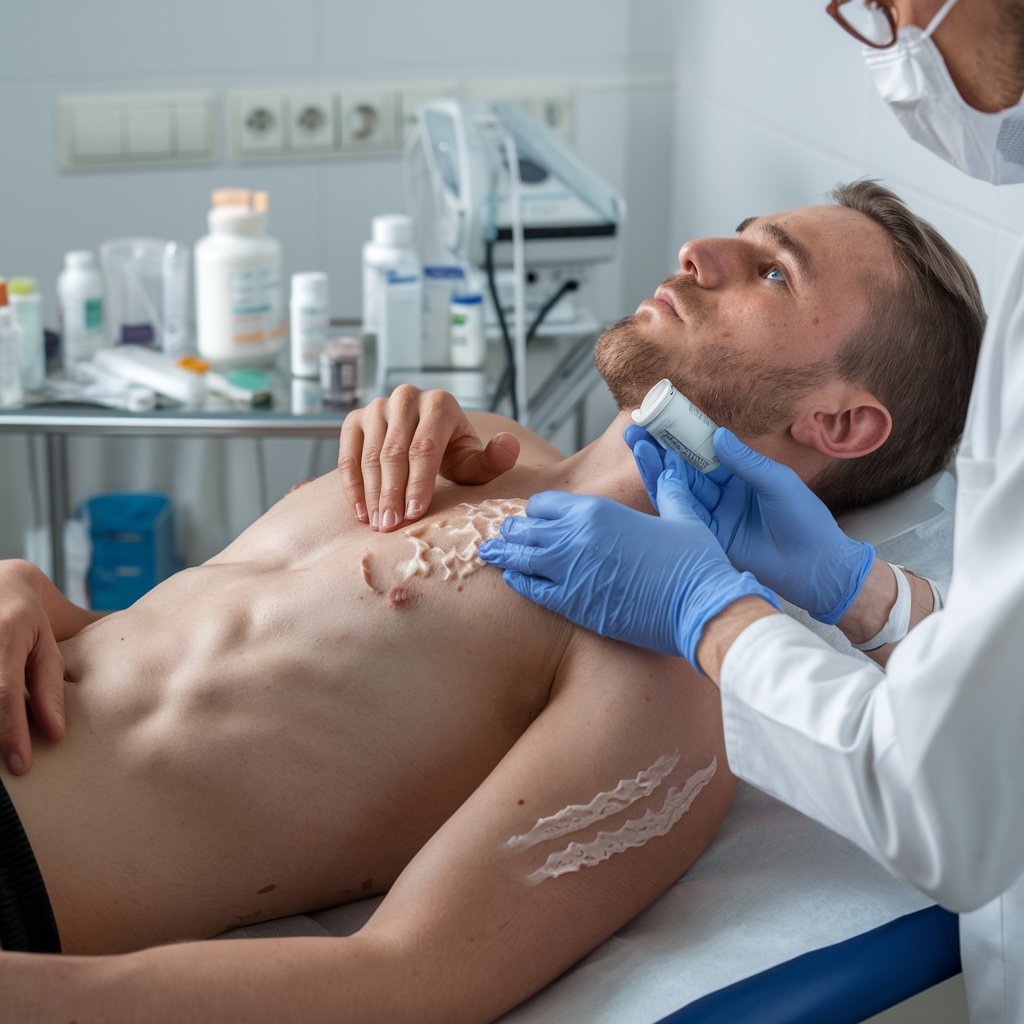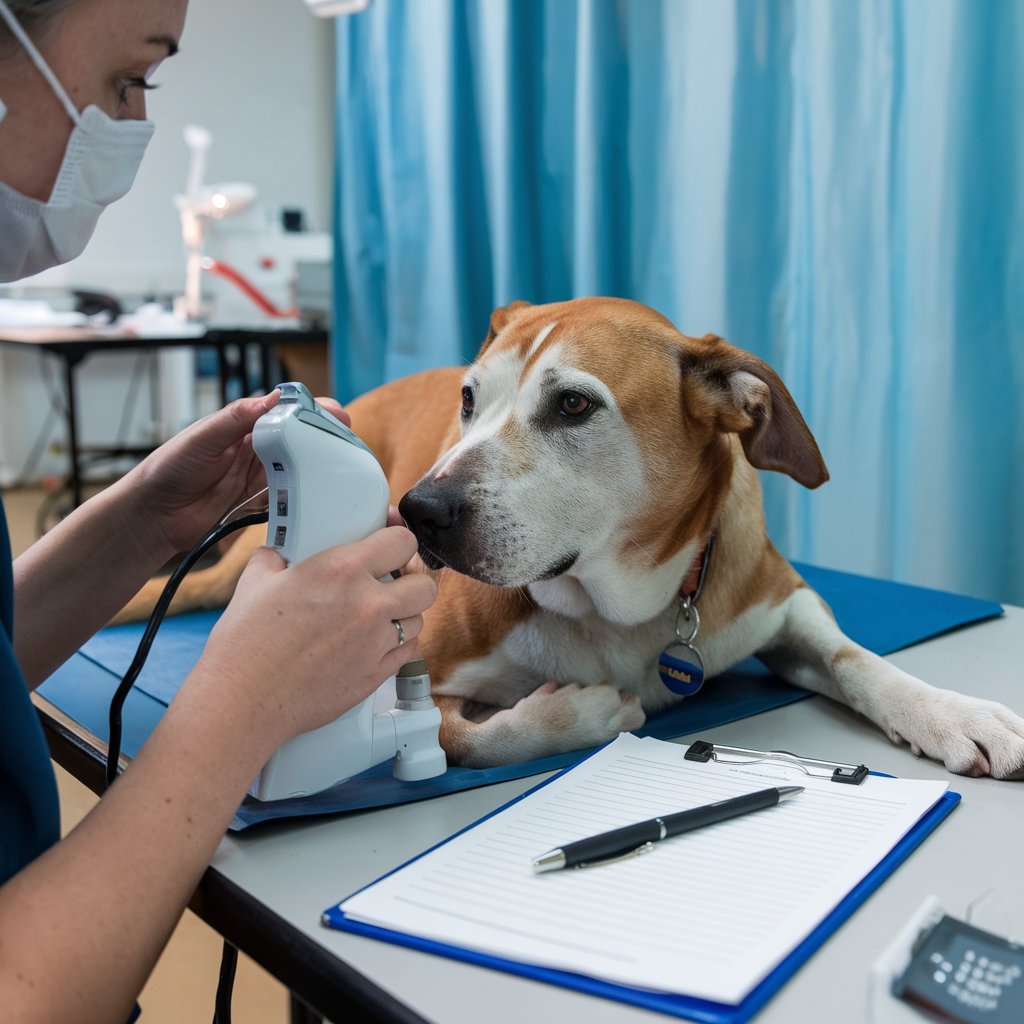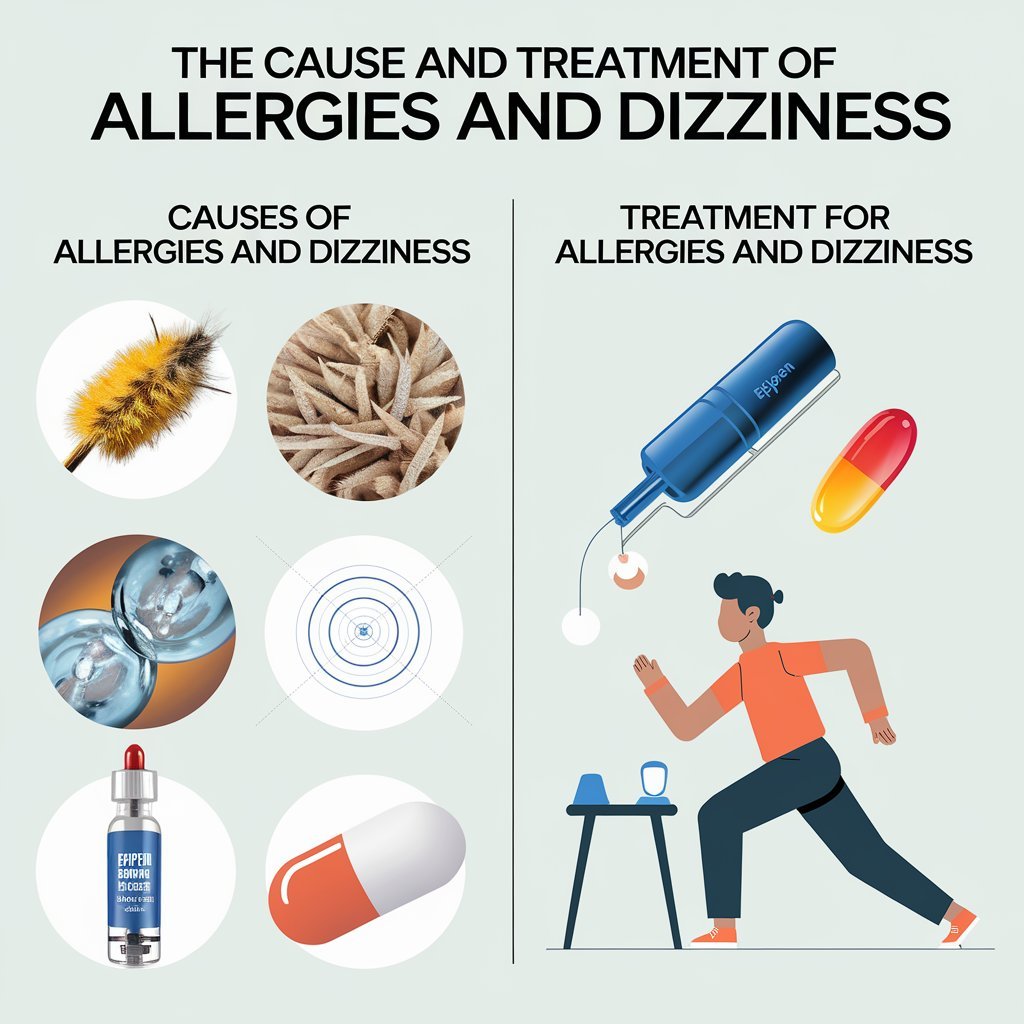Medically known as urticaria, hives are an inflammatory skin condition caused by red or skin-colored bumps known as wheals and sometimes swollen areas-angioedema. More than 60% of cases of this condition are acute, meaning they can resolve on their own or with treatment in six weeks, whereas if symptoms persist longer, the hives are considered chronic. Though hives rarely cause death, they can sometimes cause itchy sensations, sleep disturbances, and impact the quality of daily life.

Treatment for hives is available from a variety of healthcare professionals, including your primary care doctor, a dermatologist-who specializes in skin conditions-and an allergist-who specializes in allergic conditions. Treatment strategies vary depending upon the type of hives and their focus is on ending and preventing symptoms.
Usually, the first step is to avoid any known triggers such as allergens, certain infections, exposure to heat or pressure, medications, and stress, among others. To control symptoms, an antihistamine—a type of drug that can reduce allergy symptoms—may be prescribed by a healthcare provider. For chronic hives or severe symptoms that don’t improve, your provider may also prescribe other medications, such as a corticosteroid (to treat inflammation) and others.
Treatment by condition type
The treatment of the type of hives depends on your case; that is, if it’s an acute case or a chronic case. Additionally, types of hives can also be divided into several groups by their causes or what caused them. Some types of hives have no identified cause for the rash; however, you may receive a course of treatments for your condition.

Although the treatment plans may be similar, there are some differences in how each type of hives is managed. Generally, your healthcare provider will use a consistent, step-by-step approach: introducing certain treatments and then moving on to others if earlier attempts don’t yield results.
Treatments of Acute Urticaria
Most acute urticaria cases self-resolve in one week. Management of acute hives varies depending on the presence of known or unknown triggers.
First-Line Treatment of Acute Urticaria
The standard first-choice (first-line) treatment and symptom management of acute urticaria is
Trigger avoidance: Some potential triggers for acute urticaria could be some food items, pollen, or contact allergens, along with sources of infection (viral, bacterial, parasitic, or fungal) like infected water. The primary preventive step will be identifying and avoiding such triggers if they can be identified.
Lifestyle changes: If you are acutely having an episode of hives, refrain from consuming alcohol, which might exacerbate your symptoms. Your doctor may also advise you not to use other over-the-counter medications, such as NSAIDs, Bayer (aspirin), and Advil (ibuprofen), as these also may worsen hives. Wearing loose clothing may help reduce any irritation.
Second-generation H1-antihistamines: These are a class of antihistamines medications used in the treatment of allergic hypersensitivity conditions. Examples include Claritin (loratadine), Clarinex (desloratadine), Allegra (fexofenadine), Zyrtec (cetirizine), and Xyzal (levocetirizine).
For Acute Urticaria Following First-line Treatment
If the rash does not improve with these initial treatments, your healthcare provider may prescribe,
First generation H1-antihistamines: an older form of H1-antihistamines with potential for more side effects than the latter generation types; Benadryl (diphenhydramine), Atarax (hydroxyzine) and Chlor-Trimeton (chlorpheniramine), for example. Can cause confusion, dizziness, poor concentration and many other possible side effects.
H2-antihistamines: Another type of antihistamines, H2-antihistamines may be another alternative in the treatment of acute hives. These medications include Tagamet HB (cimetidine) and Pepcid (famotidine). However, using H2-antihistamines for a long time increases your risk of liver damage.
Systemic glucocorticoids: These are the corticosteroid medications that eliminate the inflammation in more severe cases. These may be Prednisone Intensol (prednisone) or Omnipred (prednisolone), and these can typically be taken for three to 10 days. Usually, when combined with an antihistamine, this may be in variable doses and can even depend on one’s medical condition and weight. Severe side effects of these corticosteroids include weakening of the bones, diabetes, glaucoma (eye conditions that may lead to blindness), stomach ulcers (open sores in the stomach lining), depression, suicidal thoughts, and confusion.
Treatments for Chronic Spontaneous Urticaria (CSU)
Chronic spontaneous urticaria, also known as chronic idiopathic urticaria, is a type of chronic hives that does not have an identifiable cause or trigger. This type makes up about 60% to 90% of chronic hives cases.1 There is no cure, but treatments are available to help manage symptoms.
First-line Treatment
The first choice (first-line) of treatment usually includes:
Avoiding certain medications: This type of hives has no known cause. Alcohol and NSAIDs may exacerbate symptoms, and your doctor may advise against them.
Lifestyle modifications: Avoiding one physical trigger like hot showers or a humid environment may be helpful in controlling flare-ups. Wear looser clothing.
Second-generation H1-antihistamines: This class of antihistamines is often the first line of treatment, just like with acute hives. Examples of these include Zyrtec (cetirizine), Xyzal (levocetirizine), or Claritin (loratadine), among others. Because treatment can be long-term for chronic hives, the risk of major side effects such as low blood pressure and increased heart rate exists.

For Chronic Spontaneous Urticaria After First Line of Therapy
If first-line medications are not working, your physician will consider a repeat selection of similar treatments that are used for acute hives after first line of therapies. The following treatments are given:
- First generation
- H1-antihistamines (such as Benadryl, Atarax)
- H2-antihistamines (such as Tagamet HB, Pepcid)
- Systemic glucocorticoids (such as Prednisone Intensol, Omnipred)
The dose and duration for these treatments may vary depending on your condition. As always, talk to your healthcare provider about possible side effects for each medication and any adverse effects associated with long-term use.
Other first-line treatments are reserved for chronic urticaria but not acute urticaria. This would include leukotriene-receptor antagonists, another class of drug that could be used for prevention of inflammation. For adults, common doses include 10 mg of Singulair (montelukast) per day and Accolate (zafirlukast) 20 mg twice daily. The risk of hepatotoxicity is minimal with prolonged therapy.
Refractory Chronic Spontaneous Urticaria
There are situations wherein CSU is resistant to the treatment regimens above. This form of chronic urticaria is sometimes referred to as refractory CSU.
Your dermatologist or allergist may prescribe Xolair (omalizumab), which is FDA-approved to treat CSU. This is a monoclonal antibody—a drug that mimics immune proteins in your immune system and helps reduce inflammation in the body. This drug is typically injected subcutaneously (beneath the skin) in 300-milligram doses once a month for adults. Long-term use of Xolair can lead to malignant tumor growth.
Another medication that can be prescribed is an immunosuppressant. Such medication may block an overactive immune response that could be causing hives. Examples include Sandimmune, Neoral, or Gengraf (all brands of cyclosporine); Protopic, Envarsus XR, or Prograft (all brands of tacrolimus); Aczone (dapsone); Azulfidine (sulfasalazine); and Plaquenil (hydroxychloroquine).
Your healthcare provider will take into consideration your condition as well as other health conditions that you might be having in deciding on the most suitable treatment and dose. When taking immunosuppressants, it could potentially make you lose immunity; this places you at an increased risk of infections.
Complementary Medicine for CSU
Your healthcare provider might also offer taking vitamin D supplements as part of the treatment in the context of complementary medicine. Limited studies reveal mixed findings, and the need for future research on its impact on the effect of vitamin D on hives is further encouraged.
Treatment of Inducible Urticaria
Hives that occur in response to specific physical or environmental exposures are a category of conditions called inducible urticaria (IU)—also known as physical urticaria. These types of urticaria share similarities in treatment with the other types. There is no uniform treatment, and so much relies upon what is causing the condition.
- First Line Treatment of Inducible Urticaria
- Your physician may start with:
Trigger avoidance: Each type of inducible urticaria has a specific trigger that when exposed to the skin can lead to hives. Triggers include heat (for heat urticaria), cold (for cold urticaria), physical pressure (for delayed pressure urticaria), water (for aquagenic urticaria), and sunlight (for solar urticaria). A first step to prevent and reduce hives is to identify the trigger and find ways to steer clear of these, though this may not always be possible.
Second-generation H1-antihistamines: As with other forms of hives, this group of antihistamines is a common first-line medication. For inducible urticaria, the initial doses recommended are 10 milligrams of Zyrtec (cetirizine), 180 milligrams of Allegra Allergy (fexofenadine), or milligrams of Claritin (loratadine), and these may be taken twice a day. For chronic inducible hives, your healthcare provider may suggest higher doses.
For Inducible Urticaria After First-line Treatment
If first-line treatments are not sufficient to control symptoms, your healthcare provider may prescribe:
H2-antihistamines: If second-generation H1-antihistamines alone are not sufficient, H2-antihistamines can be added to the treatment. An example is 20 mg of Pepcid (famotidine), taken orally twice a day.
Hydroxyzine is the generic name of a commonly prescribed first-generation H1-antihistamine that treats physical urticaria and other forms of hives. Vistaril and Atarax are among the commonly prescribed brands. Dosage can be 10–100 milligrams and administered at night.
While it’s uncommon, very severe side effects can include shaking limbs and either an increased or slowed heart rate.
Doxepin: Tricyclic antidepressant medication, in minimal dosages an antihistamine. Has a few brand name variations, the most common, though, including Silenor and Zonalon. For an adult, doses start at night with 10–25 milligrams administered per day then may be incremented up to the range of 100–150 milligrams.
For Refractory Inducible Urticaria
If your symptoms of inducible urticaria (IU) do not respond to antihistamines, then you may be given other treatments. This is called refractory IU.
You may be given Xolair (omalizumab), a monoclonal antibody drug that was discussed earlier as a treatment for refractory CSU. Although it is FDA-approved to treat CSU, some doctors prescribe it off-label to treat refractory symptoms of IU that persist despite other treatments.
Living with and managing hives
Although hives is rarely life-threatening, the condition can be dangerous if the swelling affects the throat. Although acute hives can resolve on their own or with treatment, there is no cure for chronic spontaneous urticaria or inducible urticarias.
In general, living with hives can have negative impacts on a person’s quality of life. Chronic urticaria in specific can cause impaired sleep, tiredness, and confusion. Those suffering from urticaria with frequent or near daily symptoms tend to feel anxious, sad, humiliated, and stigmatized socially.
However, hives can be managed effectively with medical treatment and lifestyle changes that help prevent flare-ups and ease symptoms. This means identifying and avoiding any known triggers to prevent flare-ups, wearing loose-fitting clothing, and closely following your treatment plan.




